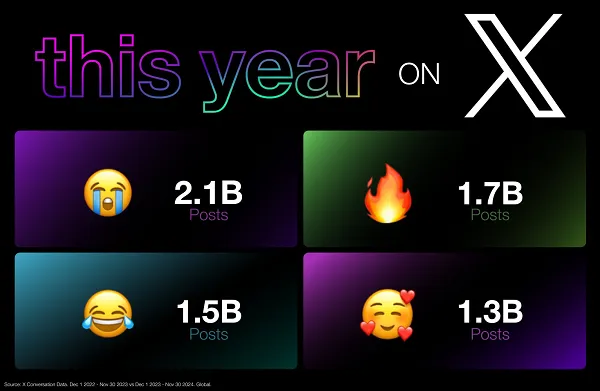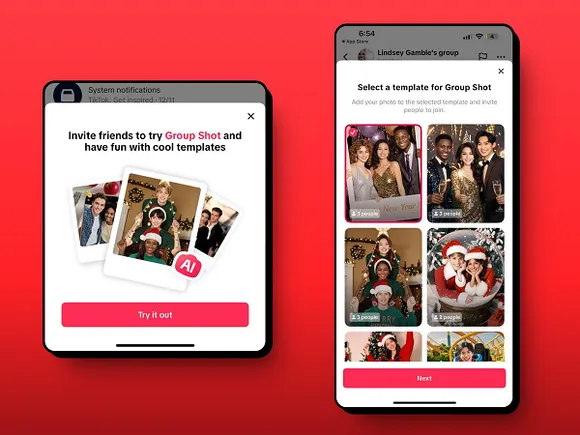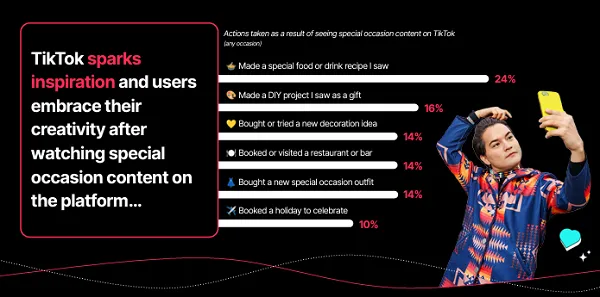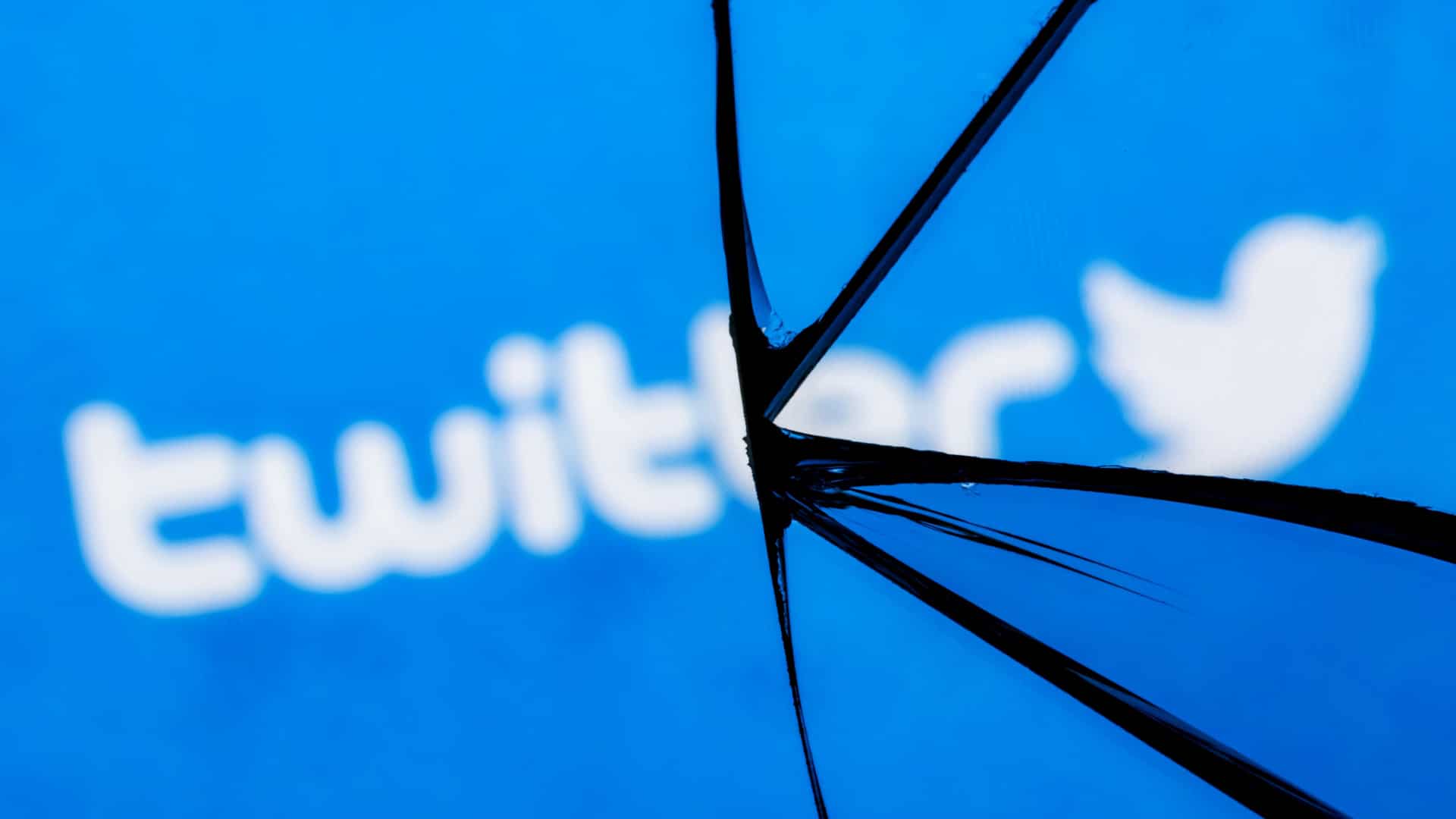Looking at Twitter’s financials, it is difficult to see a way for it to survive. The company was in bad financial condition long before Elon Musk bought it, only turning a profit twice in the last decade. Musk’s purchase has made its finances even worse by adding debt and scaring off revenue.
For brands Twitter has provided a unique, immediate channel for connecting with consumers. Many companies have boosted their reputation for customer service by rapid response to complaints. Others have broadened their brand values in radical, unexpected and positive ways.
Take Steakumms, for example. It has gone from a thin meat product to a substantial voice on difficult, important issues.
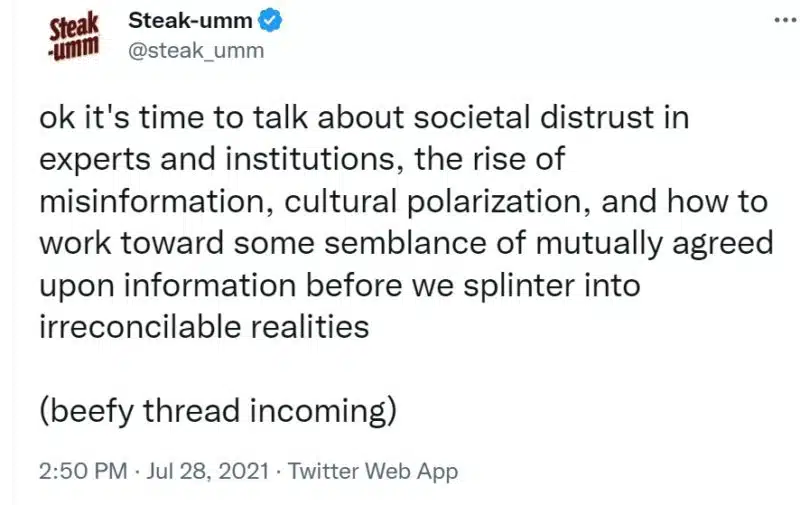
So, if Twitter does implode, marketers will lose a significant, useful tool.
But agile customer service and/or significant contributions to public debates, while raising brand profiles, isn’t advertising and doesn’t make Twitter any money.
Trouble from the beginning
The fact is the company’s problem wasn’t something Musk or anyone else could solve. It has been evident since Twitter was founded in 2003. To quote historian/humorist Will Cuppy: “The Dodo never had a chance. He seems to have been invented for the sole purpose of becoming extinct.”
That problem: Twitter can draw in users, but it can’t make money off them.
Worldwide it’s the 10th most popular social media site, with 217 million active users per month. In the U.S. it’s the 5th most popular social media site, with 41.8% of all adult users — only .4% behind fourth place TikTok. While its number of users is far, far behind Facebook’s, so is every other social media platform.
The fact that it is the fourth best social media platform for average revenue per user would be good news if it weren’t for the gap between third and fourth place.
- TikTok $46.86
- Facebook $30.75
- LinkedIn $25.97
- Twitter $9.39
Twitter would have been great as an app or a feature for a larger platform. Google understood that and offered $10 billion for the company in 2010. But, despite earnings to the contrary, its executives continued to believe it could flourish on its own — until Mr. Musk made them an offer they couldn’t refuse.
Why did he buy it?
It is difficult to believe someone could make a $44 billion impulse purchase, but it is hard to see this as anything else. That is the amount Musk paid for Twitter and double its estimated fair market value. The only comparable tech deal is Time Warner spending $100 billion to merge with AOL more than two decades ago. That did not end well either.
This would explain suing to get out of the deal.
In April, when Musk made his offer, the economy and social media companies were doing very well. But even then many analysts said it would be difficult for Twitter to ever earn back the purchase price. Musk himself has since said he overpaid for it.
A very high price is paid
Just the offer was enough to hurt Twitter’s prospects. Moody’s and S&P Global both immediately downgraded its credit rating to junk status. They believed Musk’s divisive, controversial persona would make advertisers nervous and they were right.
Dig deeper: FTC hits Twitter with snark and $150 million fine for allegedly selling security data to advertisers
According to advertising intelligence platform MediaRadar, the number of advertisers spending on Twitter dropped from almost 4,000 in May to 2,300 in August. Since then numerous agencies have said they are advising clients not to advertise on Twitter because of brand safety risks.
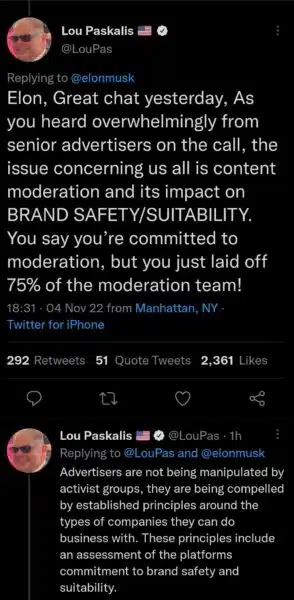
Musk has tried to blame this exodus on pressure from the left. However, this was immediately debunked on Twitter by MMA Global president Lou Paskalis who was, as they say, in the room where it happened.
In addition to his notoriety, Musk added a lot of debt to Twitter and that will likely prove the final nail in the coffin. Last year, Twitter’s interest expense was about $50 million. With the new debt taken on in the deal, that will now balloon to about $1 billion a year. Yet the company’s operations last year generated about $630 million in cash flow to meet its financial obligations.
Right now, Twitter is generating less money per year than what it owes its lenders.
Musk is using a kitchen sink approach to increasing revenues and, unfortunately, that is not working out.
Consider the plan to charge a monthly fee for the blue verification check. If it’s the case that users will be allowed to self-authenticate in order to receive the check, the value of the check becomes questionable. As was demonstrated when Musk cracked down on the countless blue-checked users who changed their display names to Elon Musk.
What will be lost
Twitter has always punched above its weight in the media. Journalists love it because it is very much a real-time medium. When news breaks Twitter is a firehose of information and misinformation. It is also a fast, easy (and some say lazy) way for reporters to get public reaction quotes.
Despite all of Twitter’s public and political problems over the years, many users — including brands — have found and/or created communities on it. Those kind of connections are hard to replace.
Get MarTech! Daily. Free. In your inbox.














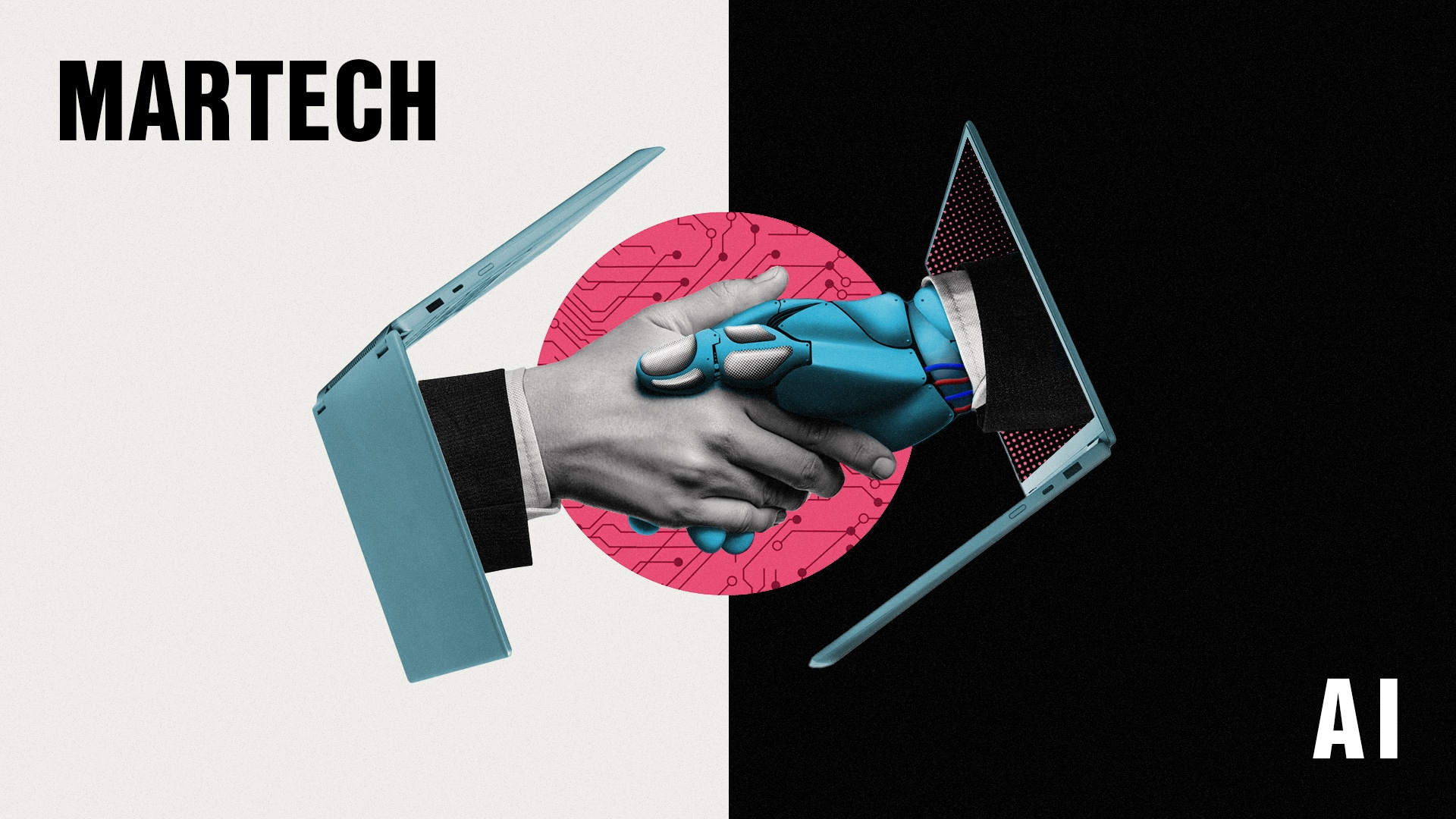







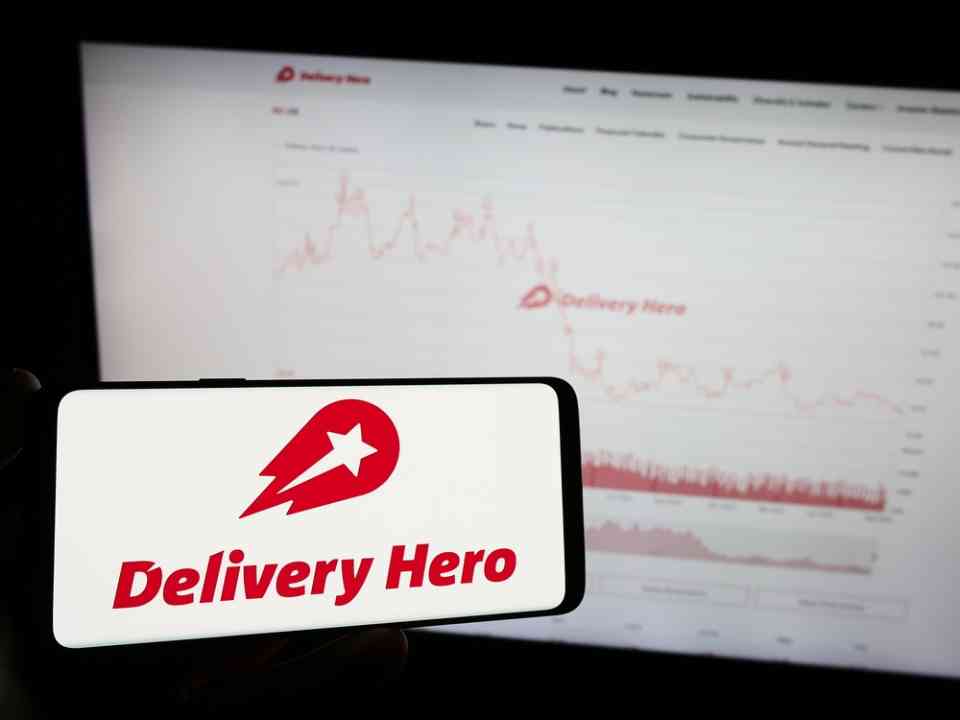

























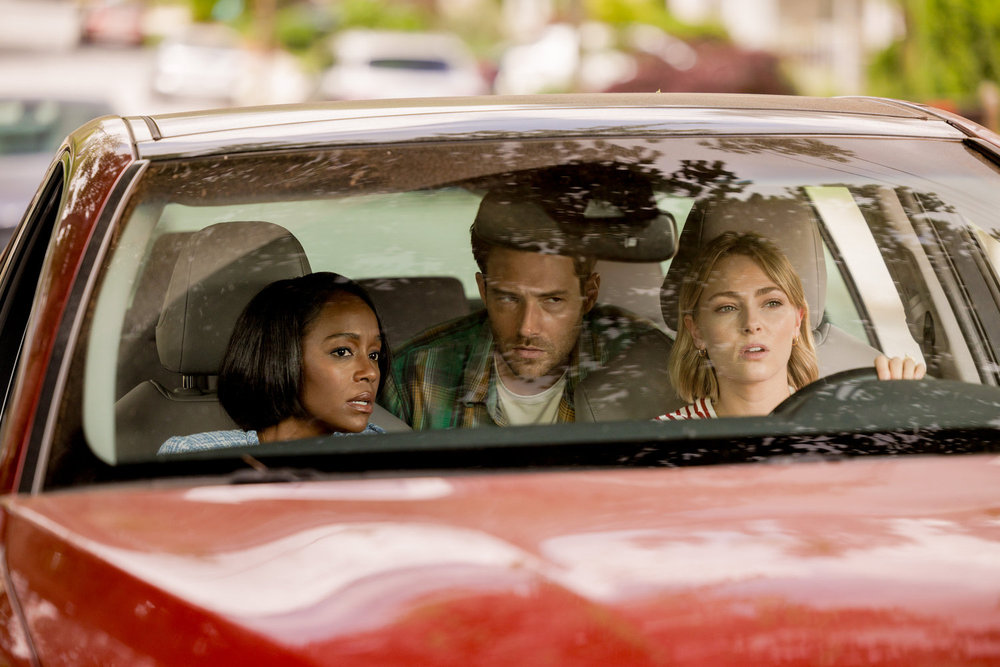





![Online Shopping Reached New Highs in 2024 [Infographic] Online Shopping Reached New Highs in 2024 [Infographic]](https://imgproxy.divecdn.com/kCw9rTPPHoCqXkkL4Bt8p7eohxOuRs6iXsDK03Fxr_8/g:ce/rs:fit:770:435/Z3M6Ly9kaXZlc2l0ZS1zdG9yYWdlL2RpdmVpbWFnZS9vbmxpbmVfc2hvcHBpbmdfc3VyZ2UyLnBuZw==.webp)

![What App Features Are People Willing to Pay For? [Infographic] What App Features Are People Willing to Pay For? [Infographic]](https://imgproxy.divecdn.com/mHJQ6ffz2lGDUuF649StZz5xtI56ORDL5z-Cjs9ZUw8/g:ce/rs:fit:770:435/Z3M6Ly9kaXZlc2l0ZS1zdG9yYWdlL2RpdmVpbWFnZS9hcHBzX3RoYXRfcGVvcGxlX3BheV9mb3JfMi5wbmc=.webp)
